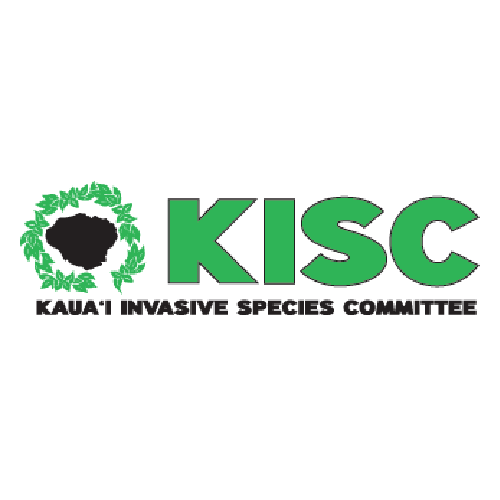Family: Solanaceae
Withania somnifera (ashwagandha, winter cherry) is an evergreen shrub native to India, Africa, Tropical Asia, the Middle East, and parts of the Mediterranean. It is commonly used in Indian traditional medicine however, it can have adverse side effects and can have contraindications (can be harmful) when used with some medications and conditions. Some studies appear to show a beneficial impact on stress levels and anxiety. It is reported to be naturalized in South Australia,New South Wales, parts of Africa, islands of the Indian Ocean, and potentially elsewhere but is not documented to be naturalized on any Hawaiian Islands to date. Ashwagandha’s ability to self-seed, coupled with its adaptability to different environmental conditions, and its ability to grow as a pasture weed could lead to negative impacts on agricultural crops of Hawaiʻi.
High Risk Traits:
- Broad distribution and elevation range
- Thrives, and able to spread, in regions with tropical climates
- Naturalized in South Australia and New South Wales, parts of Africa and islands of the Indian Ocean, and potentially elsewhere (but not in the Hawaiian Islands to date)
- A weed of disturbed areas, cultivated lands and overgrazed pasture, which may negatively impact agricultural crops
- Unpalatable to grazing animals
- Potentially toxic to humans and animals if eaten
- Reproduces by bird, and wind-dispersed seeds
- Self-compatible
- Reaches maturity in in its first year from seed
- In addition to birds, and wind, seeds may be dispersed by water and intentionally cultivated by people
- Prolific seed production
Low Risk Traits:
- Despite naturalization and reports of weediness, also intentionally cultivated as a medicinal plant
- Unarmed (no spines, thorns, or burrs)
- Grows in full sun to part shade (dense shade may inhibit spread)
- Not reported to spread vegetatively
- Short-lived seeds lose viability in about 12 months (should not form a persistent seed bank)




